Echoes in Moscow: Unraveling the Idaho College Murders and a Town’s Unending Search for Healing.
On a cold November morning in 2022, the tranquil college town of Moscow, Idaho, was brutally awakened to a nightmare that sent shivers across the nation.
Four bright lights—University of Idaho students Kaylee Goncalves, Madison Mogen, Xana Kernodle, and Ethan Chapin—were found mercilessly taken from their off-campus home. What unfolded next was an agonizing year of relentless media glare, a public wrestling with confusion and fear, and a desperate, tense hunt for justice.
Now, as the accused killer, Bryan Kohberger, stands poised for a trial set for August 2025, the heart-wrenching questions linger: what truly happened in those early hours, and how does a community begin to mend when the echoes of such a profound loss refuse to fade?
UPDATE: As of June 23, 2025, Judge Steven Hippler has firmly indicated that despite recent defense motions citing media leaks, Bryan Kohberger’s high-profile murder trial is indeed likely to commence as scheduled in August, pushing forward the long-awaited quest for justice.
Video Summary: This video provides a detailed overview of the University of Idaho murders that occurred on November 13, 2022. It covers the brutal crime, introduces the four victims, outlines the timeline of events, details the investigation including the evidence and identification of Bryan Kohberger as the suspect, and explains the legal proceedings leading to the upcoming August 2025 trial. The video also explores potential motives and the profound impact on the community. For a full visual overview, click here: Watch the video.
The Unfathomable Crime and Its Immediate Aftermath: When Life’s Normalcy Collapsed

The King Road residence, off-campus housing that became the tragic scene of the 2022 University of Idaho murders.
Kaylee Goncalves, 21. Madison Mogen, 21. Xana Kernodle, 20. Ethan Chapin, 20. These weren’t just names in a headline; they were vibrant souls, each with dreams, laughter, and a future suddenly ripped away.
Kaylee and Maddie, inseparable since sixth grade, embodied the carefree spirit of youth, their bond a testament to enduring friendship. Xana and Ethan, a loving couple, were simply enjoying the everyday joys and quiet comforts of college life. They were, in every sense, the heart of their respective families and circles.
Their last known hours painted a familiar picture of student life – a night out with friends, returning to the warmth and presumed safety of their King Road home in the quiet pre-dawn of November 13, 2022.
What transpired in the moments that followed remains a chilling void, pieced together by investigators from fragments of time and a haunting, terrifying lack of direct witnesses.
Two other housemates were present in the residence, their miraculous survival adding a layer of perplexing, gut-wrenching complexity to the narrative. It wasn’t until nearly noon, at 11:58 a.m., that a 911 call reporting an “unconscious person” shattered any remaining illusion of peace.
When police arrived, they uncovered a scene of unimaginable horror—four young lives, brutally extinguished, most likely as they slept, sending shockwaves through a town unaccustomed to such violence.
Autopsy results grimly confirmed the savage nature of the attack: multiple stab wounds, some bearing the desperate marks of defensive struggles.
Crucially, no signs of sexual assault were found, suggesting a motive beyond the depravity of sexual violence and leaving an even more bewildering void.
The suspected murder weapon, a fixed-blade combat-style knife, immediately became a crucial, yet initially elusive, piece of the puzzle, leaving law enforcement and a deeply shaken public grappling with the sheer brutality and chilling randomness of the crime.
The immediate aftermath was defined by a pervasive, suffocating fear, a gnawing vacuum of information, and an outpouring of raw grief that stretched far beyond Idaho’s quiet borders.
The Digital Breadcrumbs: How Technology Cracked the Case Amidst Gnawing Uncertainty
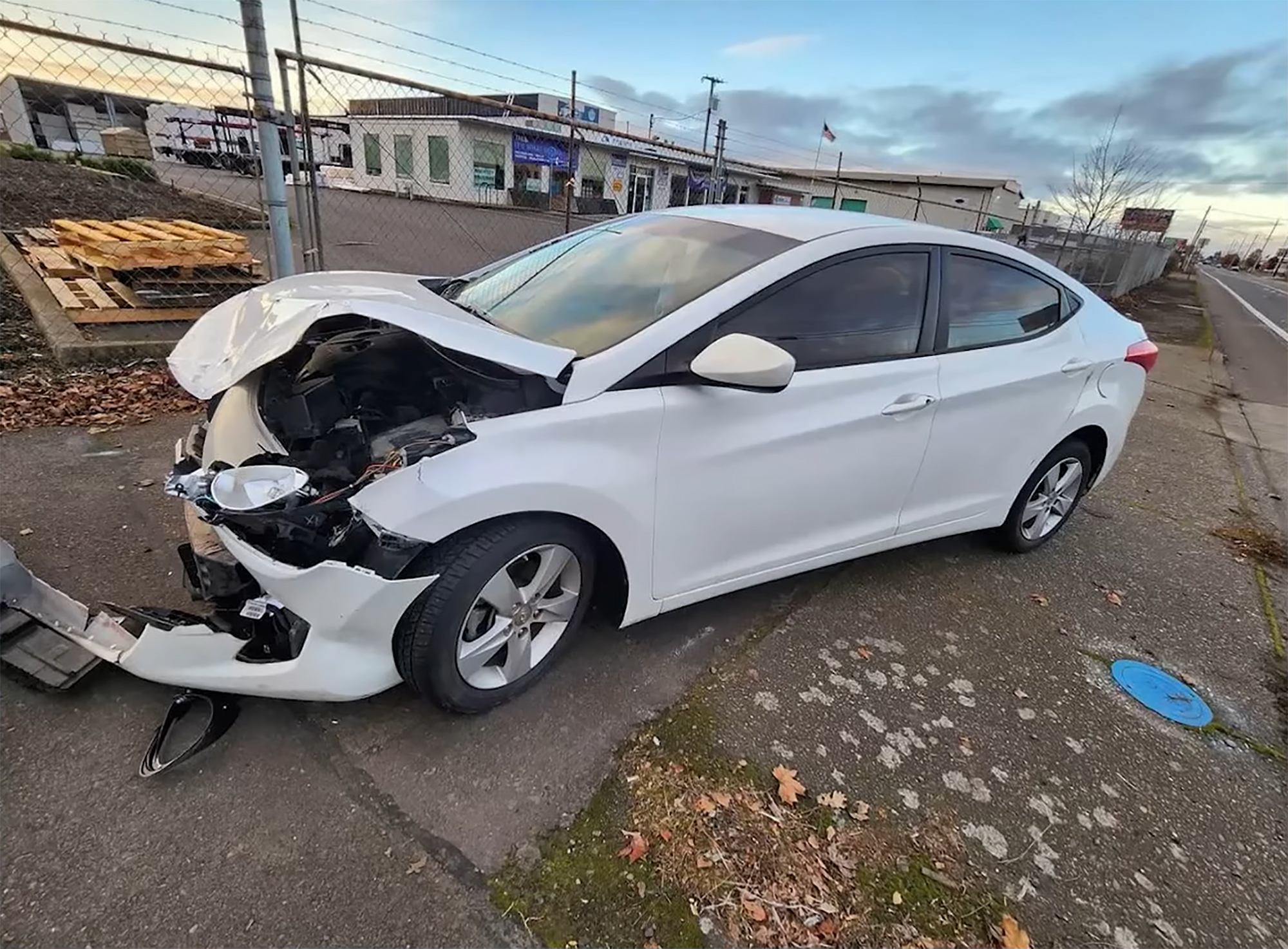
A white Hyundai Elantra, similar to the vehicle crucial to the Idaho murder investigation, seen in surveillance footage near the crime scene.
For agonizing weeks, the case seemed to languish in a haunting silence. The absence of a suspect, a weapon, or even a clear motive fueled public anxiety and a torrent of desperate speculation.
The FBI, inundated with thousands of tips, deployed every sophisticated investigative technique available, a testament to the evolving, often chillingly effective, landscape of modern criminal detection. Each day without answers felt like an eternity for the grieving families and the terrified community.
The turning point, a glimmer of hope in the darkness, emerged in early December, as investigators meticulously honed in on a white Hyundai Elantra spotted near the crime scene.
This seemingly small detail, gleaned from countless hours of surveillance footage, became the critical thread in a complex digital tapestry.
It underscored a profound shift in modern policing: the increasing, almost sci-fi reliance on data analytics, cutting-edge vehicle recognition technology, and a painstaking reconstruction of digital movements that can sometimes feel like peering into the past.
By December 30, the painstaking, behind-the-scenes work bore fruit with the arrest of Bryan Kohberger, a 28-year-old criminology Ph.D. student from nearby Washington State University.
His apprehension, quietly carried out at his parents’ home in Pennsylvania, spoke volumes about the vast, invisible web of interconnected digital evidence that can now stretch across states and time zones.
Authorities began to piece together a compelling, albeit still contested, narrative linking Kohberger to the crime through a series of chilling digital breadcrumbs:
- Familial DNA Tracking: A powerful, and ethically debated, technique utilized male DNA found on a knife sheath left beside one of the victims. This DNA was reportedly matched to Kohberger through a public genealogy database, a method that can lead investigators to a suspect’s family and, ultimately, to the individual themselves. This aspect of the case touches upon the delicate balance between solving heinous crimes and the broader implications for personal privacy.
- Cellphone Geolocation Data: This crucial digital footprint allegedly placed Kohberger’s phone near the victims’ residence multiple times, not just in the months leading up to the murders, but, most critically, in the early morning hours when the unthinkable occurred. The chilling precision and frequency of these “pings” are poised to be a central, fiercely debated point for both prosecution and defense.
- Vehicle Surveillance: Meticulous tracking of his white Hyundai Elantra, correlating its movements with the suspected timeline of the crime, painting a picture of his presence in the area.
- Additional Digital Footprints: Prosecutors have also hinted at other digital trails, including his alleged purchase of a combat knife weeks prior to the murders and even a selfie reportedly taken hours after the killings. The widely publicized traffic stops involving Kohberger and his father in Indiana, while seemingly minor at the time, later became part of the broader narrative of his movements during the manhunt.
Kohberger was swiftly extradited to Idaho and formally charged with four counts of first-degree murder and burglary, entering a plea of not guilty. The stunning convergence of these diverse digital clues serves as a powerful, and at times unsettling, reminder of how, in the 21st century, even the most clandestine acts can leave an indelible, traceable electronic trail.
The Mind of Bryan Kohberger, the Accused: Criminology, Claims of Autism, and the Defense’s Uphill Battle
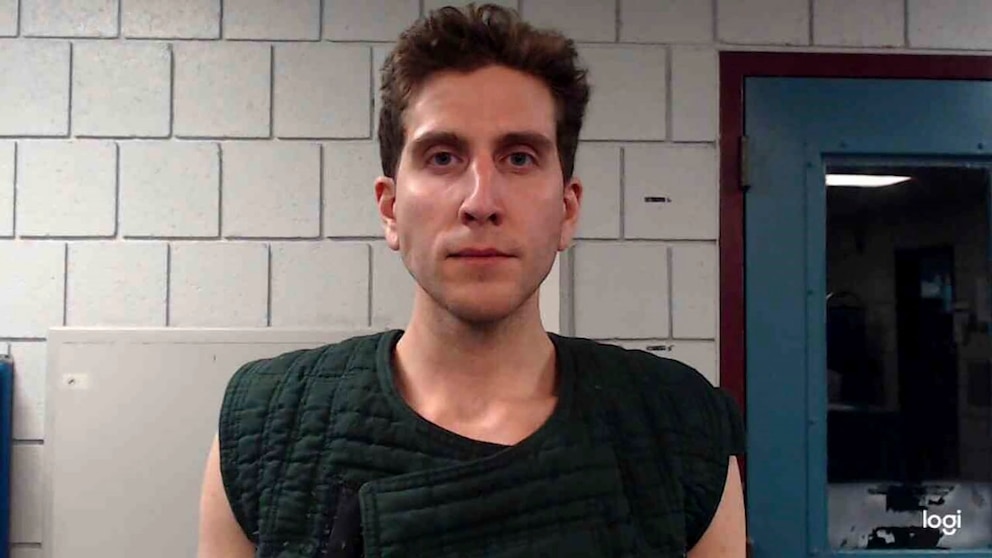
Bryan Kohberger, the criminology Ph.D. student accused of the University of Idaho student murders
Court filings have begun to paint a chilling, if still fiercely contested, picture of the events. The DNA on the knife sheath, the consistent cellphone pings, and the surveillance footage of the white Hyundai Elantra form the very bedrock of the prosecution’s case.
Furthermore, a detailed 3D model of the home and a description of a figure with “bushy eyebrows” provided by a surviving roommate are expected to be pivotal demonstrative elements that will bring the stark reality of the scene into the courtroom.
However, the defense, led by the formidable Anne Taylor, has been aggressive and unyielding in challenging this narrative, pushing for an alternative understanding of both the evidence and Kohberger’s character. Their arguments are complex and multifaceted, aiming to sow seeds of doubt:
- Circumstantial Evidence: The defense has repeatedly asserted that the evidence presented is entirely circumstantial, arguing it does not definitively place Kohberger at the scene of the crime or connect him directly to the horrific act itself.
- “Planted” Knife Sheath: In a bold and controversial move, the defense has even suggested the possibility that the knife sheath, and thus the crucial DNA evidence, could have been planted, aiming to cast a long shadow of doubt on the integrity of the crime scene and the thoroughness of the investigation. This claim, if pursued rigorously, could profoundly impact the trial’s trajectory.
- Autism Spectrum Disorder (ASD) Claims: Perhaps the most intriguing and ethically complex aspect of the defense strategy revolves around claims that Kohberger exhibits behaviors consistent with Autism Spectrum Disorder. While not a direct legal defense to the charges of murder, this assertion aims to explain his alleged social awkwardness, a perceived “flat” affect, and potentially unusual behavior as traits of ASD rather than indicators of guilt or a lack of remorse. The defense argues that executing someone with ASD could be seen as unconstitutional, raising profound, uncomfortable questions about mental health, culpability, and the very application of capital punishment.
- Controversy over Leaked Evidence: In a development that has significantly impacted recent proceedings, the defense has raised concerns about a Dateline NBC episode that aired in May 2025. They allege this program showcased previously unreleased details, including video footage and cell phone records, which they claim were leaked from confidential sources close to the investigation. The defense argues this “choreographed narrative” could severely prejudice the jury pool and violate Kohberger’s right to a fair trial, forming a key part of their recent requests for trial delays. Judge Hippler has acknowledged the likelihood of gag order violations and initiated an investigation into the source of these leaks, underscoring the seriousness of maintaining trial integrity.
These defense arguments highlight the intricate, often agonizing dance between cold forensic science, the complex nuances of behavioral psychology, and the high-stakes legal strategy that will unfold in the courtroom. It’s a battle not just of facts, but of interpretation and human perception.
The Bryan Kohberger Trial Timeline: Death Penalty, Delays, and the Search for Fair Process
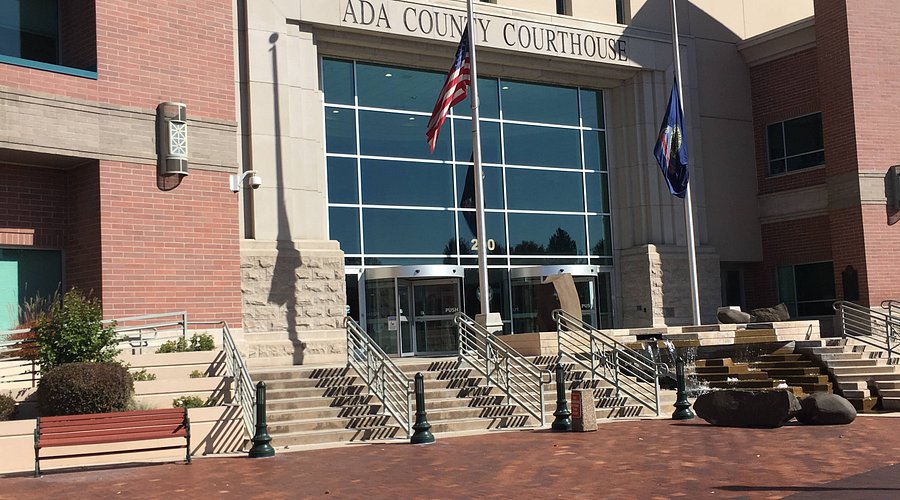
The Ada County Courthouse in Boise, Idaho, the venue for the upcoming Bryan Kohberger murder trial.
The legal proceedings have been protracted, contentious, and emotionally draining, reflecting the immense public pressure and the agonizing stakes of the case. The Bryan Kohberger Trial Timeline has been marked by significant milestones and fierce procedural battles, each one a step closer to a day of reckoning that families have waited years for:
- Dec 30, 2022: Kohberger’s arrest in Pennsylvania ignites the formal legal process, a moment of profound relief mixed with a gnawing need for answers.
- Jan 5, 2023: Early release of DNA evidence and surveillance details, beginning to lift the veil for a public hungry for understanding.
- June 2023: Prosecutors formally announce their intention to seek the death penalty, a decision that intensifies the legal battle and casts a long, somber shadow over the proceedings, deepening the emotional burden on all parties.
- June 27, 2024: A hearing sets a target trial date of June 2025, but subsequent developments and defense motions lead to further adjustments.
- August 2023: The trial is painfully postponed as the defense seeks a venue change, arguing that the saturation of media coverage in Latah County would make it impossible to find an impartial jury.
- Sept 2024: The court grants the venue change, moving the trial to Ada County (Boise), a testament to the perceived challenges of securing a truly unbiased jury in the small town of Moscow.
- Oct 2024: A new trial date is set for August 11, 2025, with jury selection commencing on July 30, finally outlining a path forward after months of delays.
- March 2025: The defense introduces the emotionally and ethically charged argument that executing someone with autism is unconstitutional, adding a significant layer of legal and moral complexity to an already fraught case.
- May 2025: Judge Hippler confirms the stringent trial schedule, 8:45 a.m. to 3:30 p.m., Monday through Friday, with the distinct possibility of jury sequestration, highlighting the court’s commitment to efficiency while desperately trying to safeguard juror integrity from external pressures.
- June 23, 2025: In a pivotal recent hearing, the defense requests yet another delay for the trial, citing concerns over prejudicial media coverage following a Dateline NBC episode that allegedly aired leaked, unreleased evidence. However, Judge Steven Hippler indicates a strong likelihood that the trial will proceed on its scheduled August 11, 2025 date, stating, “I would tell you that it is likely you’re going to trial on the date indicated.” The judge has also initiated an investigation into the source of the alleged leaks.
Kohberger’s legal team has waged an aggressive campaign of motions, seeking to dismiss the indictment, suppress crucial DNA evidence, strike the death penalty, and even prevent the use of descriptive phrases like “bushy eyebrows” in court, arguing they could unfairly bias a jury.
Despite these numerous objections, Judge Hippler has maintained a firm stance, notably ruling in November 2024 that capital punishment remains a viable option and denying a motion for a Franks hearing to suppress warrant evidence.
The path to trial remains arduous, fraught with legal maneuvering and profound implications.
The Unseen Scars: Moscow’s Healing Journey and the Unending Quest for Closure
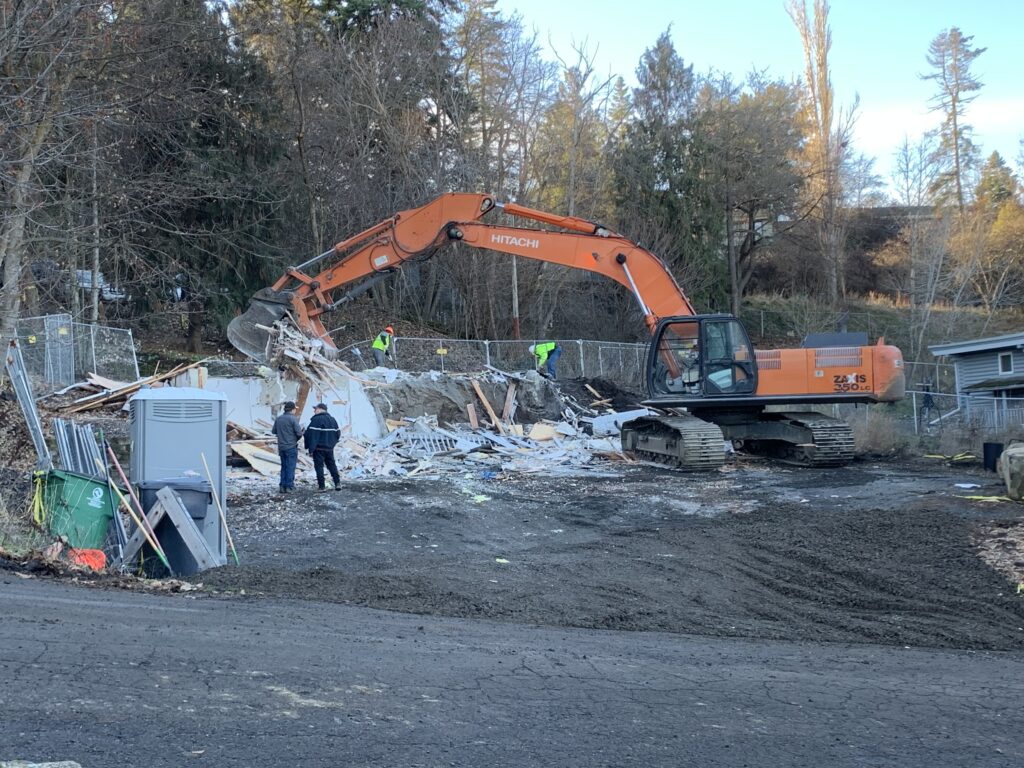
The now-cleared site on King Road where the victims’ home once stood, a poignant reminder of the enduring tragedy in Moscow, Idaho.
Beyond the sterile arguments of the courtroom, the Idaho murders have carved an indelible, painful scar on the town of Moscow and the entire University of Idaho community.
The King Road house, a haunting symbol of the tragedy, was controversially demolished in December 2023. This decision, made despite the heartfelt objections from the Goncalves and Kernodle families who wished to preserve it for future investigative purposes, was defended by the university citing safety, the risk of trespassers, and the immense emotional burden it placed on the community.
Prosecutors agreed its utility as evidence was exhausted. This act of demolition, while perhaps a physical step towards removing the blight, did not, and could not, erase the deep-seated trauma.
The University of Idaho has, with immense compassion, made significant efforts to foster healing. They organized solemn vigils, established a contemplative healing garden—a quiet space for reflection and remembrance—and posthumously awarded degrees to the four victims, ensuring their academic aspirations were honored even in death.
Survivors Bethany Funke and Dylan Mortensen have largely remained out of the public eye, their personal experiences shielded from the relentless media glare. Yet, texts and 911 transcripts released in 2024 offered fleeting, agonizing glimpses into their moments of terror and confusion, a stark reminder of the night’s chaos.
The FBI’s ongoing work, including the painstaking creation of a 3D reconstruction of the house for demonstrative trial use, speaks to the meticulous lengths investigators go to present a comprehensive, undeniable picture to the jury. Even after more than two years, the heart of Moscow hasn’t fully healed.
Students transferred, unable to stay where such darkness had fallen. Parents continue to grieve with an unimaginable sorrow. And a nation, captivated by the unfolding legal drama, waits, not just for a verdict on guilt or innocence, but for a semblance of understanding and, perhaps, a fragile measure of closure in a case that defies easy answers and leaves an enduring ache.
Beyond the Headlines: Broader Implications for Justice, Privacy, and Our Collective Empathy
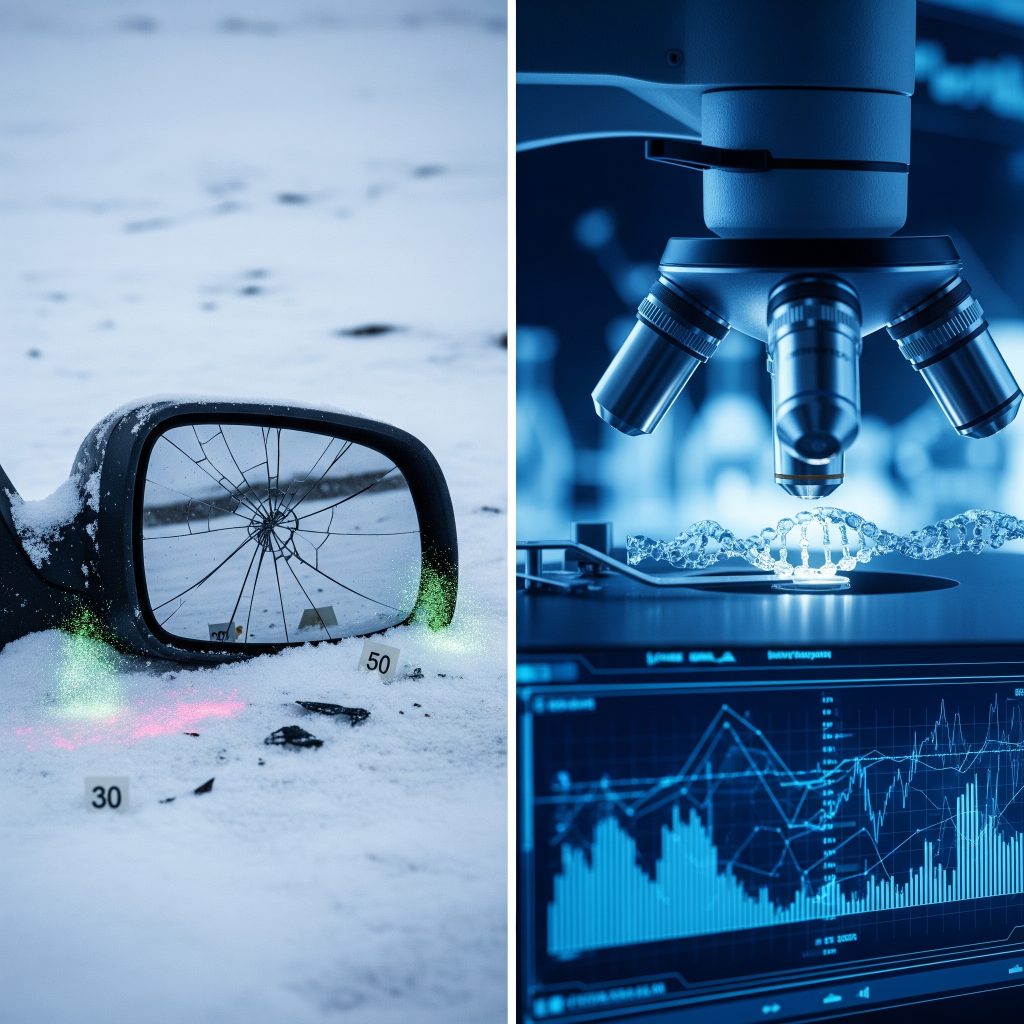
A conceptual image highlighting the role of digital forensics and data in modern criminal investigations, a key theme in the Idaho murders case.
The Idaho College Murders case, and the impending trial of Bryan Kohberger, transcend the immediate, horrific tragedy. It stands as a potent, harrowing case study that forces us to grapple with several critical societal and legal questions:
- The Power and Peril of Digital Forensics: This case powerfully exemplifies the ever-increasing reliance on our digital footprints – from cellphone pings to vehicle surveillance and vast DNA databases – in solving even the most complex and seemingly untraceable crimes. It underscores both the extraordinary capabilities of such technologies and the profound, sometimes uncomfortable, questions they raise about personal privacy and surveillance in a modern age.
- The Interplay of Mental Health and Justice: The defense’s strategic introduction of autism spectrum disorder into the narrative compels us to re-evaluate how neurodiversity is understood and addressed within the often rigid confines of the criminal justice system, particularly when facing the ultimate penalty of capital punishment. It challenges our collective empathy and understanding.
- Media Spectacle vs. Due Process: The intense, pervasive national media coverage, including recent controversies over alleged leaks to media outlets like Dateline NBC, presents formidable challenges to ensuring fair trial rights. This necessitates extreme measures like venue changes, jury sequestration, and even judicial inquiries into potential gag order violations. The delicate balance between the public’s right to know and the accused’s right to a fair, unbiased trial is constantly tested and strained.
- The Enduring Ripple Effect of Trauma: The long-term, devastating impact on a once-peaceful community, on the courageous survivors, and on the victims’ families, underscores the complex, often lifelong, nature of healing and seeking justice in the brutal aftermath of such profound violence.
As the trial date approaches, the world will indeed watch, not just for a verdict on Bryan Kohberger, but for insights into these larger, more human questions—questions that resonate far beyond the quiet streets of Moscow, Idaho, and touch upon the very fabric of our justice system and our collective humanity.
People Also Ask
When is Bryan Kohberger’s trial? Jury selection is scheduled to begin July 30, 2025, with opening statements set for August 11, 2025, in Ada County, Idaho. Despite recent defense requests for a delay, the judge has indicated the trial is highly likely to proceed on this date.
What evidence links Kohberger to the Idaho murders? Key evidence includes DNA found on a knife sheath at the crime scene, cellphone data placing him near the victims’ home multiple times, surveillance video of his white Hyundai Elantra, and his alleged purchase of a knife matching the presumed murder weapon type.
Was Kohberger connected to the victims? As of now, no confirmed direct connection (e.g., social or personal relationship) between Kohberger and the victims has been publicly established. However, investigators have suggested he may have followed some of them on social media and returned to the house after the murders.
Why was the King Road house demolished? The University of Idaho razed the house in December 2023, citing safety concerns, potential for trespassers, and the emotional burden it placed on the community. Prosecutors agreed its utility as evidence was exhausted.
Will Kohberger face the death penalty? Yes. Prosecutors are actively seeking capital punishment in this case. The judge has ruled that it remains a legal possibility if he is convicted.